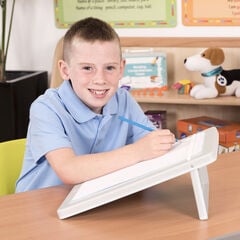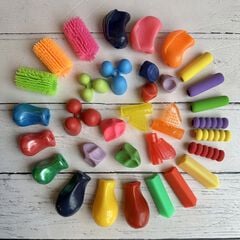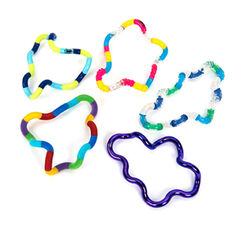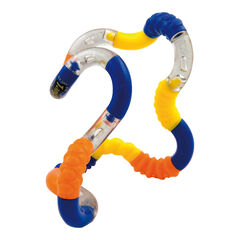Dyslexia and Inclusive Practice – Help Yourself Box
Interested in Dyslexia and Inclusive Practice? In this blog, Rachel Gelder and Pamela Hanigan will give a fuller explanation of how to do this and will explain exactly what a ‘Help Yourself Box’ is, and how it can really help to foster that independence we all desire for our pupils. In classrooms around the country, teachers all want their pupils to be independent learners. That goes for all students, whether neurodiverse learners or not. What can we do, as practitioners, to support them in becoming independent learners? One way (created through a need identified in the classroom), was put together by Pamela Hanigan.
What is a ‘Help Yourself Box’ and how to create one?
The premise behind the Help Yourself Box (or the ‘Help Yo’self Box’ as Pamela prefers to call it), is having a central accessible store of resources that all pupils can dip into to enable them to access their learning most effectively. The contents of this could differ from year to year and from classroom to classroom. It is tailored to the very individual needs of the cohort.
Getting started
A great starting point, however, is a number of writing aids. These could include: a writing slope, coloured ‘white boards’, Twist and Write pencils, a selection of grips, together with a variety of pens and pencils and even a handwriting guide, reminding students of accurate joins. For the planning element of writing, Clever Tiles are a great addition. Students can record themselves orally rehearsing their sentence, before writing this.
A range of writing tools is important as different children will respond and write more effectively with different pens or pencils. An example of this, is a light up pen. This can be used by those children who apply too much pressure when writing, which results in an aching writing hand and poor letter formation. The simple idea behind this, is based on advice from Occupational Therapists. They suggest that if the light can remain off, the pressure is ‘just right’. This gives effective and immediate, visual feedback to both the learner and practitioner.
Other resources to include
Other items in the box, can include fidgets, such as Tangles, Blu Tack and Theraputty (which also has the added bonus of strengthening pincer grip for fine motor control). Those children who require sensory support, can really benefit from a small, weighted blanket. For reading, you can have reading rulers, and a range of coloured overlays; whilst for mathematics, pupils can select a set of Numicon and the 100 Bead strings.
 Building independence
Building independence
Once these are in your classroom, the students need to be explicitly shown what is available and how it can be used. This further develops metacognition, where the learners have a full understanding of what helps them to learn. The rest is down to them, with a little encouragement from yourself! Some may fear that there will be a ‘rush’ for all children to grab the items, however, once embedded, they quickly realise what helps them and with very little ‘policing’, the box can support so many of our learners. We have a system in our own settings, where identified children have ‘first dibs’ on certain items, with an understanding that if they have chosen not to use them for a specific task, then anyone can use them.
Getting started on creating your own ‘Help Yourself box’.
The ‘Help Yourself Box’ has really supported the development of independence in our classrooms. Here are some suggestions on what you might want to include. However, also remember to use your expert knowledge of your children and their needs.
- Writing slope
- Twist and write pencils
- Pencil grips
- Reading rulers
- 1 x Tangle Fidget
- Clever Tiles
- Theraputty
- Set of small coloured tinted dry-wipe boards
- A pair of ear defenders
- And finally, a handy box to put it all in!

With many thanks to Rachel Gelder and Pamela Hanigan for sharing this blog with us. Teachers from Lancashire Dyslexia, Information, Guidance and Support (LDIGS).














